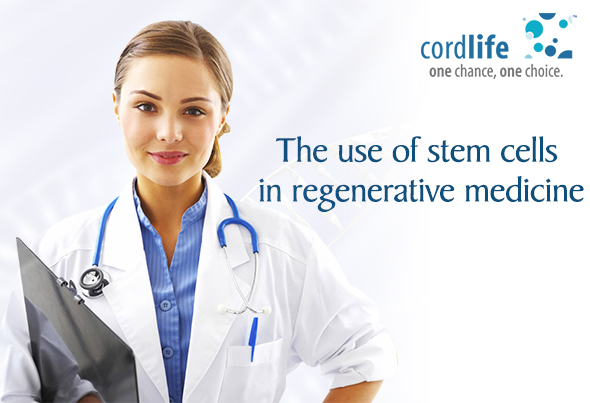Table of Contents
How effective are stem cells in regenerating organs, tissues and cells? The prognosis is good, and the implications for patients are enormous.
Regenerative medicine is fast gaining popularity globally, where consistent research is being conducted into the field. Broadly, regenerative medicine is a field of research in molecular biology which studies engineering or renewing human cells, organs or tissues[1]. Regenerative medicine is applicable in the restoration of damaged organs and tissues, once usual medical intervention has been done and cannot be continued further.
This implies that regenerative medical techniques can help grow cells, tissues and organs in laboratory conditions, and ready them for transplant later. The basic building blocks for the procedure would be derived from the patient himself – this also solves the problem of transplant rejection. There is also no need to look for a transplant donor.
Stem cells and regenerative medicine
The clinical therapies in regenerative medicine may involve the use of stem cells. These could be injected via directed differentiation cell therapies, or via immunomodulation therapy, or even via tissue engineering. This last in vitro procedure is still in the trial stages.
The direct implication of regenerative medicine is that patients with irreversible tissue or organ damage may be able to heal themselves with a regenerated tissue or organ. In this context, pluripotent stem cells are being studied and used in clinical trials that involve treating renewing damaged muscles and skin in burn accident victims, and congestive heart disease.[2]
Pluripotent stem cells can help regenerate any of the cell types present in the human body, while embryonic stem cells are able to regenerate an organism. One of the stem cell treatments being researched in regenerative medicine involves extracting a few stem cells from the body and renewing them in a large batch. Once a sufficiently large quantity of stem cells has been regenerated, it is injected into the patient. Doctors hope this method will help the in vitro regeneration process much faster.[3]
Bone marrow is a rich source of adult stem cells. It contains the cells that give rise to blood and even bone, fat and cartilage. Regenerative medicine doctors are investigating the full range of bone marrow use in re-growing cells, organs and tissues.
[1] ‘Regenerative medicine’, Wikipedia
[2] Gorman, Christine, ‘What’s Next for Stem Cells and Regenerative Medicine?’, Scientific American magazine, March 2013
[3] Dr Mahendra Rao, Director, Centre for Regenerative Medicine, National Institutes of Health, Bethesda, in an interview to Scientific American magazine, March 2013
